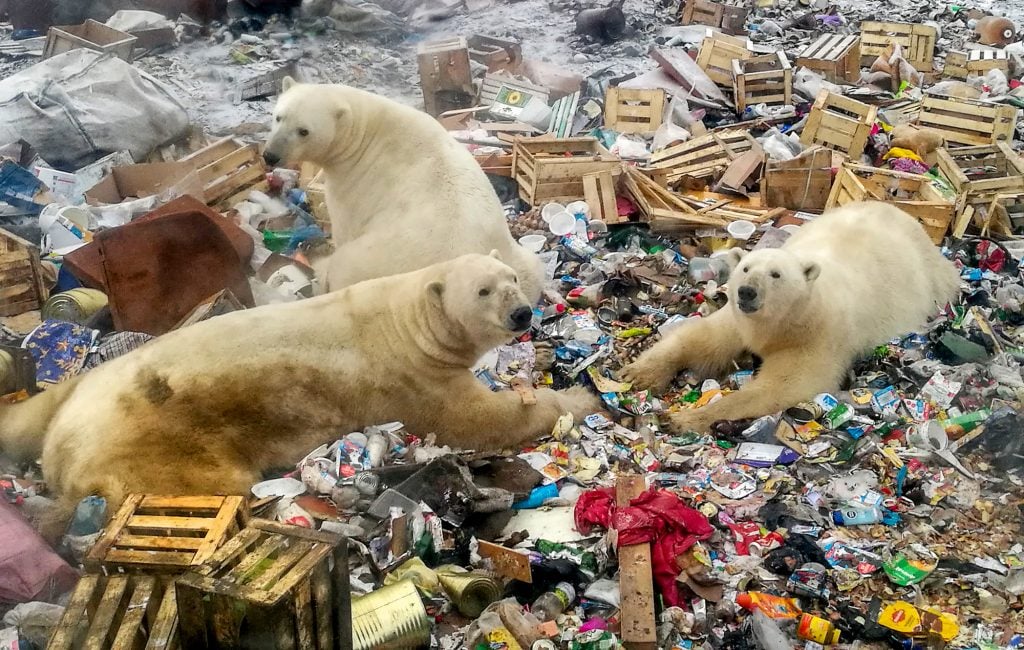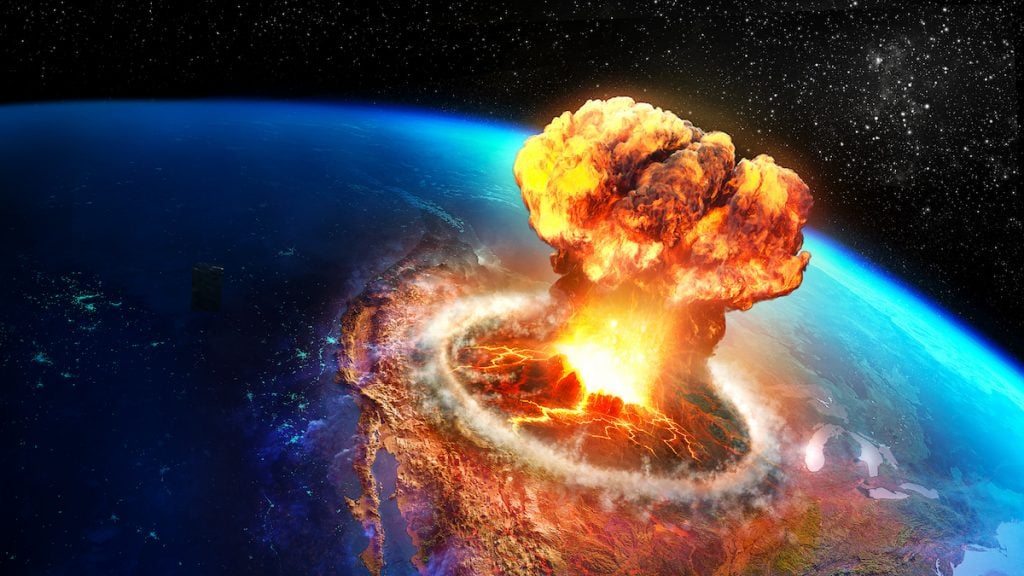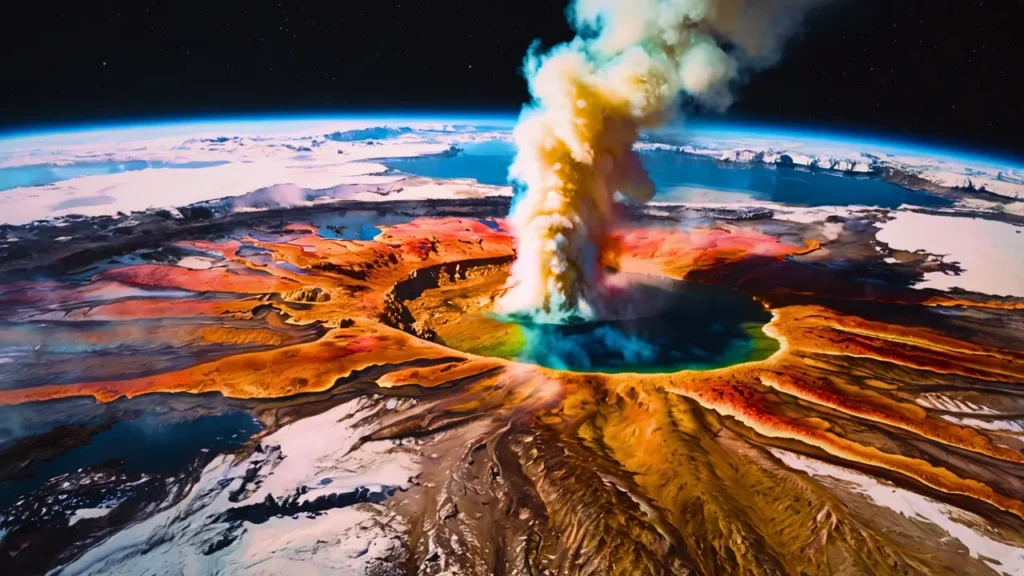What is the most spine-tingling and bizarre scenario you can imagine? Perhaps a monstrous creature lurking in the dark? Or the tragic loss of innocent lives in senseless wars? Maybe even the frustration of being stranded in a world devoid of a Wi-Fi connection?
While these thoughts might send a shiver down your spine, they pale in comparison to some of the most deeply unsettling scientific revelations ever uncovered. In simpler terms: nature, you are truly terrifying!
Here is a collection of the seven most horrifying scientific discoveries that humanity has brought to light.
1. The Daunting Reality of Climate Change
The Earth’s atmosphere serves as a welcoming portal for solar energy from the vastness of space, yet it ensnares carbon dioxide and methane in its grip. The result? Our planet heats up, mirroring the effect of a greenhouse. Disturbing evidence reveals that the levels of carbon dioxide in our atmosphere are now higher than they have been in the past 14 million years.
The repercussions of this global warming—ranging from unyielding droughts to devastating floods and the salinization of essential lands—pose a dire threat to agriculture, potentially leading to a crippling food crisis and the extinction of certain crops. By the year 2080, for example, the beloved coffee tree could vanish entirely.

Moreover, prehistoric viruses, long dormant within glaciers, could be reawakened, ushering in the onset of new pandemics as a direct result of climate change. Our only hope lies in the complete cessation of fossil fuel use and the end of deforestation. Yet, the odds of this happening seem grim, so it might be wise to stock up on some sunscreen for the searing heat to come.
2. The Dormant Beast: Yellowstone Supervolcano
At first glance, Yellowstone National Park might appear to be a peaceful paradise, where you can marvel at the Old Faithful geyser erupting with astonishing regularity, delighting onlookers nearly 20 times a day. However, beneath this serene facade lies a horrifying reality.
The entire region rests atop an ancient supervolcano. To comprehend the magnitude of this potential disaster, consider this: if this behemoth were to erupt—and scientists warn that it very well could—the entire world could either be annihilated or plunged back into the Dark Ages.

3. The Unseen Menace: Invisible Germs
It may surprise you to learn that humanity had no concept of germs until the 19th century. Before that, every illness was blamed on witchcraft or miasma. Imagine the shock our ancestors would feel if we revealed the existence of trillions of microscopic organisms, lingering in the air, water, food, and even within our own bodies.
Modern-day grandparents may struggle with the complexities of TV remotes, so just picture the reaction of someone from 200-300 years ago learning about germs. Even though we now possess this knowledge, it’s still deeply unsettling to ponder how these tiny invaders infiltrate our bodies. We owe a debt of gratitude to science for the effective treatments that keep these microorganisms at bay!

4. The Mind-Numbing Vastness of the Universe
The shortest answer to the question of the universe’s size is this: it is unfathomably enormous—possibly infinite and ever-expanding. Our limited human minds can barely begin to grasp the immensity of the universe. Even our most vivid imaginations fall short when faced with the reality of billions upon trillions of stars, solar systems, galaxies, nebulae, and everything else that exists. From our vantage point, Earth seems immense; the sun is 333,000 times larger than our planet, and the solar system spans billions of miles.
In fact, 99.9% of this expanse is a cold, empty void, possibly teeming with anti-matter. Yet this is merely one solar system among countless others in a galaxy brimming with over a hundred billion stars. And there are billions more galaxies, all hurtling through the fabric of the universe at breathtaking speeds. Consider this staggering figure: 93 billion light-years—the estimated diameter of our visible universe. What lies beyond this boundary remains a mystery.

5. The Stark Reality of Mass Extinctions
To date, there have been at least five mass extinction events on a planetary scale. The first two were more like trial runs, with countless sea creatures either evolving or being wiped out by some unknown meteor or other catastrophic event. Then came the end of the dinosaur era some 66 million years ago, followed by the largest mass extinction in Earth’s history approximately 250 million years ago, which wiped out over 90% of all species.
Finally, there was the extinction of mammals around 33.9 million years ago. The causes of these cataclysmic events are fiercely debated, often attributed to extraterrestrial impacts or massive volcanic eruptions. Some scientists speculate that Earth is currently on the brink of yet another extinction, with over a million species teetering on the edge of annihilation.

6. The Inescapable Grasp of Black Holes
What could be more dense than the misguided beliefs of those who subscribe to absurd conspiracy theories? The answer: black holes! Unlike the aforementioned individuals, black holes are phenomena that scientists can at least attempt to understand. Remarkably, Einstein’s theory of relativity predicted the existence of these cosmic monsters long before anyone actually observed them.
Or rather, I should say, observed the absence of anything, as black holes consume even light itself. These entities are born when stars undergo a supernova and collapse inward, becoming so incredibly dense that not even light can escape their gravitational pull. One day, our own sun will also become a black hole, but fortunately, we have plenty of time before that occurs.

7. The Perilous Presence of Radioactive Materials
Often referred to as the invisible killer, radiation is a silent menace. Without the aid of advanced technology, you wouldn’t even know if you were being bombarded by billions of radioactive particles at any given moment. Consider the case of the renowned scientist Marie Curie. Her groundbreaking research into potent radioactive materials was a significant scientific achievement, yet it ultimately led to her untimely death.
Prolonged exposure to x-rays and other radioactive substances took a severe toll on her health. To this day, even her cookbooks and newspapers, which lay casually on her desk in the 1890s, are still considered dangerous and can only be handled while wearing protective suits.




